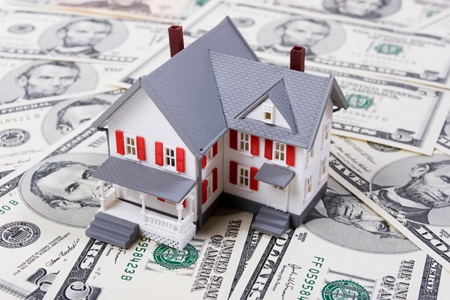When you amortize a loan you basically pay off the principal by making regular installment payments. This typically takes place gradually over several years.
Negative amortization is when the mortgage payment is smaller than the interest that is due, which causes the loan balance to increase rather than decrease. Negative amortization only happens with adjustable rate mortgages (ARMs) with certain features, including an initial payment that does not cover the interest due, a feature that is supposed to increase the affordability of the loan.
With negative amortization, a persistent rise in interest rates reduces the equity in the house unless the negative amortization is offset by house appreciation.
Negative amortization has to be repaid, which means your payment will rise in the future. The larger the negative amortization, the more you will be required to amortize the loan in full.




